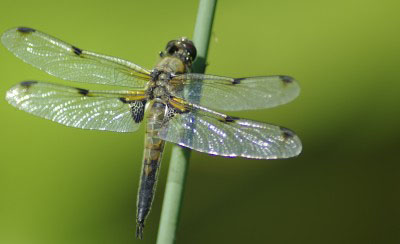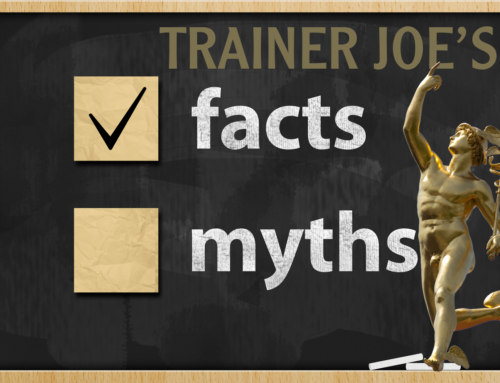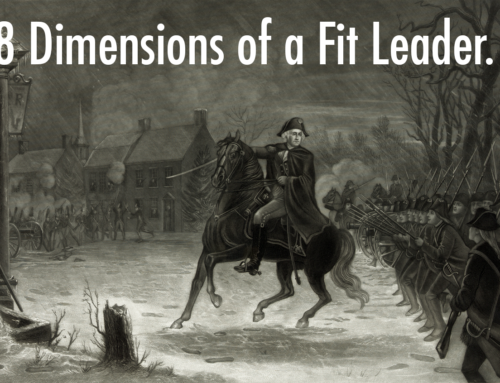 I was sitting on the deck last night with my wife, sipping a glass of healthy antioxidants from the Cotes du Rhône region of France when my English Setter Daisy jumped up and tried to pick a large dragonfly out of the air. This dragonfly was big, single-engine Cessna big.
I was sitting on the deck last night with my wife, sipping a glass of healthy antioxidants from the Cotes du Rhône region of France when my English Setter Daisy jumped up and tried to pick a large dragonfly out of the air. This dragonfly was big, single-engine Cessna big.
Seeing her react to a large flying interloper brought me back to Franklin Elementary School in Union NJ. It was a warm day in early June as my third grade classmates and I were counting down the days till the end of school. Earlier in the morning Mrs. Greer instructed the window monitor to take the pole and open the large windows so that the balmy breeze would cool our classroom. After a few minutes of enjoying the fresh morning air, a large dragonfly flew inside, dive bombing terrified young children as we ran amok looking for cover.
We were then ordered back to our seats and told to sit quietly with our hands folded. After a few anxious seconds, the dragonfly suddenly landed on the chalk sill near the five-prong, wooden and metal line marker. With a single graceful move that was part ballet, part samurai, Mrs. Greer lunged at our uninvited four-winged guest and grabbed him by his clasper. Cupping the little monster with her other hand, she walked to the open window and released him into the morning air. Spontaneous applause broke out.
After taking an exaggerated curtsy, Ms. Greer said, “It was really nothing. Dragonflies do not bite or sting. In fact, they are our friends because they eat bees, flies and mosquitoes.” What she said next has stuck with me to this day. “If something is unknown, it may or may not be worthy of your fear. Before you let yourself be afraid, know what it is that you are afraid of.”
As an adult I have found that there is a rapid fire five-step process to moving past the fear of the unknown when it’s suddenly thrust upon me:
- After the initial jolt of disgust, shock or ick factor, take a deep breath.
- Consciously choose to own an enlightened response of measured curiosity and analytics.
- Think about what’s really confronting you.
- Decide if what you are confronting is truly fear-worthy.
- If yes, take action. If not, take another breath and decide what to do. And do it with style and grace.
Sure, we all need to be genuinely scared and take evasive maneuvers if we see a car racing past a stop sign, a stack of lumber falling from a crane or your boss running toward you brandishing a meat cleaver in one hand and the report you sent him in the other.
Becoming comfortable with this process takes time and practice and is easier said than done: Last year a giant spider jumped over twelve inches and landed on my arm while I was kneeling down training a client. My initial reaction was fear and disgust…on the inside. (What a huge and bizarre looking arachnid landing on my exposed skin!) Outside I was cool and unflinching. Then I remembered spiders do not jump nor have such large back legs.
While in my “pause to analyze mode,” my client, an elegant woman who grew up on a farm, told me it was an ugly but harmless spider cricket. In a fluid move Mrs. Greer would have appreciated, I cupped the spider cricket in my hand, pinning it to my forearm and casually asked, “Do you have a ‘catch and release policy’ or do you enforce the ‘flush it’ factor?” She said that her preference would be to release it outside. Looking into my eyes and smiling, she gently slid her hand over mine, taking the scratchy little beast in hers.
I acted boldly and my client admired my cool and unruffled manner. Like Arthur pulling Excalibur from the stone, my act of intentional bravery was transformational for both me and the person who witnessed the feat.






Leave A Comment
You must be logged in to post a comment.